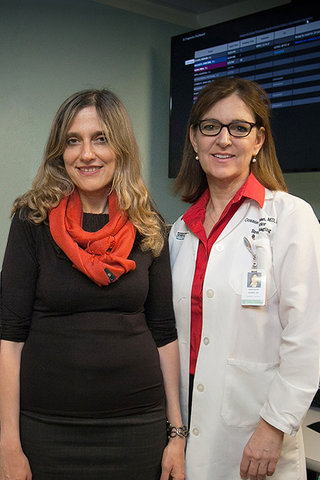
Machine intelligence takes a big step into the clinic, with a technology that helps identify patients with an elevated risk of breast cancer.
In 2014, Regina Barzilay learned that she had breast cancer. As a professor of computer science at the Massachusetts Institute of Technology, her next step was to look for data points. Each stage of her cancer treatment would require some kind of decision—to pursue a more aggressive treatment, to explore experimental or personalized medicines—and in an ideal world, the findings from past patients and their outcomes could serve her as a guide.
What she found in reality was disappointing. Although thousands of women in the United States get a similar diagnosis every year, the information that guides cancer care, according the American Society of Clinical Oncology, is largely based on the 3% of patients who participate in clinical trials. The data—and lessons—from the experiences of the other 97% are largely ignored. In a world in which analysis of “big data” influences even the most banal aspects of life, cancer treatment lagged far behind.
After her recovery, Barzilay connected with Constance (“Connie”) Lehman, who had just been appointed chief of the breast imaging division at Massachusetts General Hospital. In the hospital’s trove of patient mammograms they saw an immediate opportunity. Their ongoing collaboration has already led to a tool that uses artificial intelligence to help sort out a tricky, high-risk subset of patients.
Read the interview here. html.